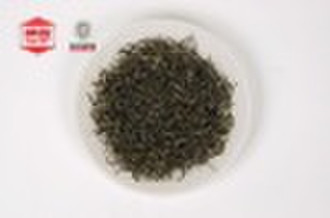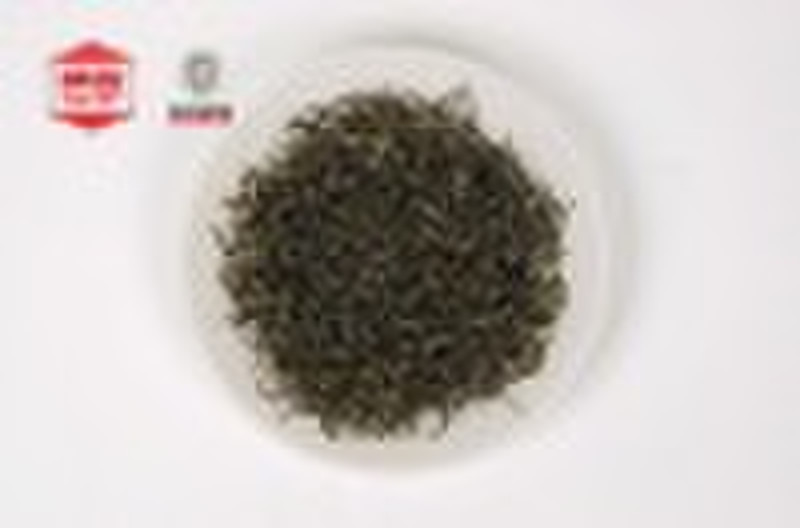Каталог
-
Каталог
- Автомобили и мотоциклы
- Безопасность и защита
- Бизнес
- Бытовая техника
- Бытовая электроника
- Детали машин и услуги по их изготовлению
- Дом и Сад
- Здоровье и медицина
- Игрушки и хобби
- Изделия из металла
- Измерительные и анализирующие приборы и инструменты
- Инструмент
- Красота и личная гигиена
- Мебель
- Мероприятия по охране окружающей среды
- Минералы и металлургия
- Модные аксессуары
- Обувь и аксессуары
- Одежда
- Освещение
- Подарки, сувениры
- Продовольственные товары и напитки
- Промышленное оборудование и техника
- Резина и пластмассы
- Сельское хозяйство
- Специальное оборудование
- Спорт, отдых и досуг
- Сток
- Строительство и недвижимость
- Текстиль и кожа
- Телекоммуникации
- Товары для офиса, учебы. Канцтовары
- Транспорт
- Упаковка и печать
- Химикаты
- Часы, Украшения, Очки
- Чемоданы, сумки
- Электронные компоненты, оборудование, принадлежности
- Электротехническое оборудование и принадлежности
- Энергия
Filters
Search
Чай (Органический чай)

Sunshine Zhang
Контактное лицо
Основные данные
Many famous Chinese teas were offered to Chinese emperors as tribute. The history of Gong Cha went back a long way. According to chronicle Hua Yang Guo Zhi, written by Chang Qu at around fourth century, people in the ancient Bashu states offered tea as tribute to the Emperor at around1,000 B.C.. It was voluntary at first, then compulsory. A central system was introduced in 700 A.D. of the Tang Dynasty that was to change the face of Chinese tea history forever. Officials were dispatched throughout the Kingdom to supervise the collection of tea. Stringent high standard was imposed, effectively acting as another tax burden. Tribute green tea was picked and roasted in the same day. One kilogram of green tea can have as many as 180,000 tea shoots. An imperial tea farm could employ tens of thousands of tea workers at peak season. No longer just a medicinal tonic, Chinese green tea became an integral part of aristocrats everyday life. Well educated and appreciative, these imperial tea connoisseurs were at the cutting edge. Emperor Song Hui Zong (1101 to 1125 A.D.), perhaps the most tea-crazy of all emperors, was the most eminent tea drinker of his generation. Throughout more than 1,000 years of the Gong Cha system, tea makers innovated rapidly to keep up with the shifting taste of the imperial court. Chinese green tea progressed from tea cake, to loose green tea in all its stunning varieties, then to white tea, yellow tea and oolong tea. Today, many Chinese gourmet green teas were ex-tribute. They dominate the tea export market, rewarding local tea growers with lucrative foreign dollars. It is finally payback time for the growers and makers themselves.
Условия поставки и упаковка
Packaging Detail: Carton Delivery Detail: 15 days
Условия оплаты
Документы против приёмки
Документы за наличный расчёт
Аккредитив
Электронный перевод
MoneyGram
-
Способы оплаты
Для оплаты товаров и услуг на нашем портале, Вы всегда получаете счет, в котором Вам необходимо самостоятельно указать свои данные.
Мы принимаем к оплате:









